International Students took Study Tour to Experience Japanese Culture
2023.10.11
From September 29 to 30, a group of international students and researchers from SUMS had gone on a 2-day study tour to the Tokai region to immerse themselves in Japanese culture. Some of them brought their family members, spouses and children with them, and a total of 25 people participated.
On the first day, they visited Meiji Mura, an open-air museum dedicated to the Meiji era in Aichi, and Nabana no Sato, a flower theme park in Mie. At Meiji Mura, the participants explored the village, which is full of national important cultural properties that have been relocated and collected from across Japan. As a fun activity, a photo contest was held, encouraging participants to capture their personal perspectives on Japanese culture. They were tasked with taking at least three photos from a list of 10 themes related to Japanese culture. After lunch, the group headed to “Nabana-no-sato”. There, they encountered a diverse collection of plants from around the world, and the presence of the endangered “onibasu” or “prickly water lily” left a lasting impression with its sizable leaves.
In the evening, the participants arrived at their hotel, where they experienced “Japanese food” and “onsen (hot springs).” For many, this was their first onsen experience. A lecture was given on how to bathe in onsen, the rules and etiquette, and how to put on a yukata in advance. In consideration of religious preferences, family bathing facilities were thoughtfully arranged, and everyone enjoyed the onsen.
On the second day, the group visited the “Maneki-neko Museum” in Seto City, renowned for its ceramic industry in Aichi, and here the participants experienced painting beckoning cats. Unique and original beckoning cats were created with full of individuality, and this collaborative activity brought them closer together.
The tour culminated at the Tokugawa Art Museum in Nagoya City, where the participants learned a lot about one of the most significant families in Japanese history. They eagerly asked questions and listened attentively to their guides’ explanations in front of various exhibits, including Japanese swords, folding screens, and kimonos.
Reflecting on the tour, one participant shared, “In these two days, I experienced many things for the first time since I came to Japan, which deepened my interest in Japanese culture. It also motivated me to learn more about Japanese culture and to study Japanese.” All in all, the study tour was a profoundly meaningful experience, fostering an appreciation for Japanese culture and building strong bonds among participants from different countries.
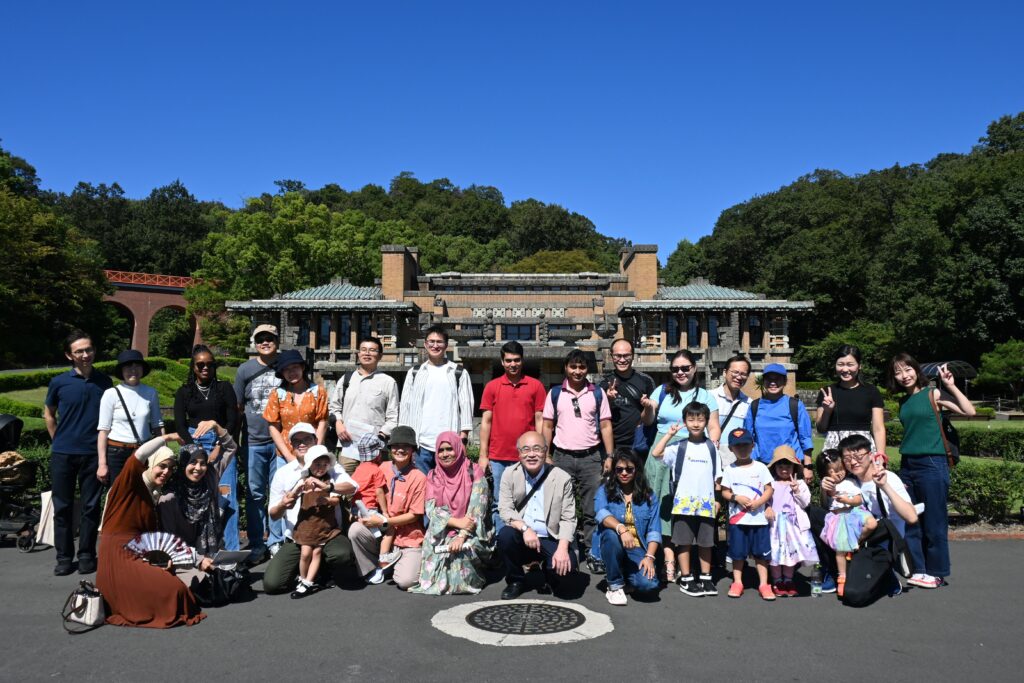
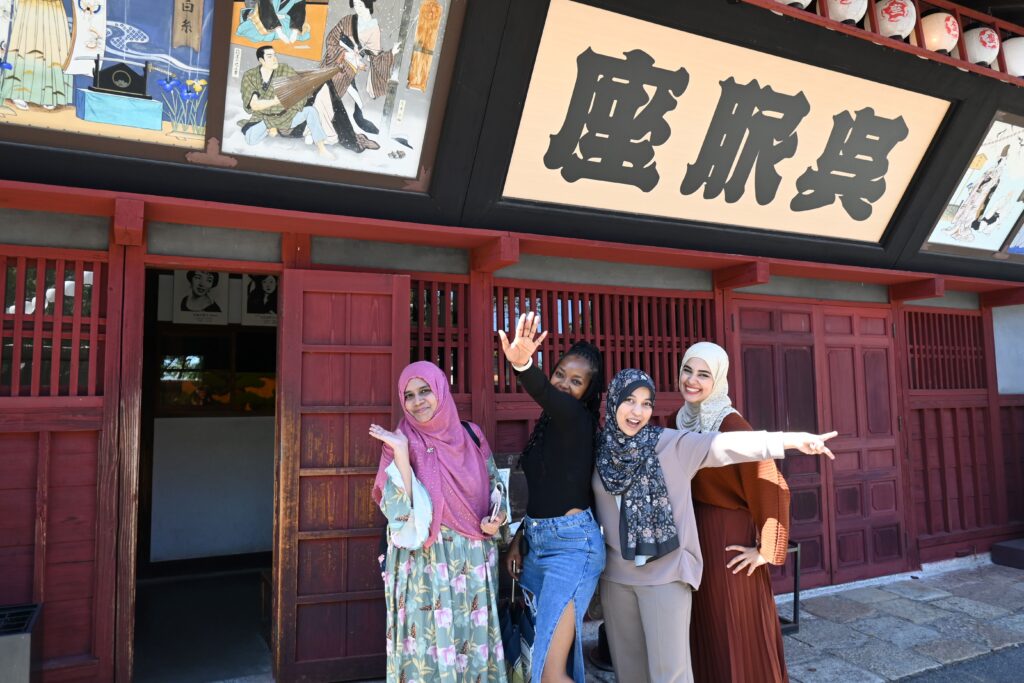
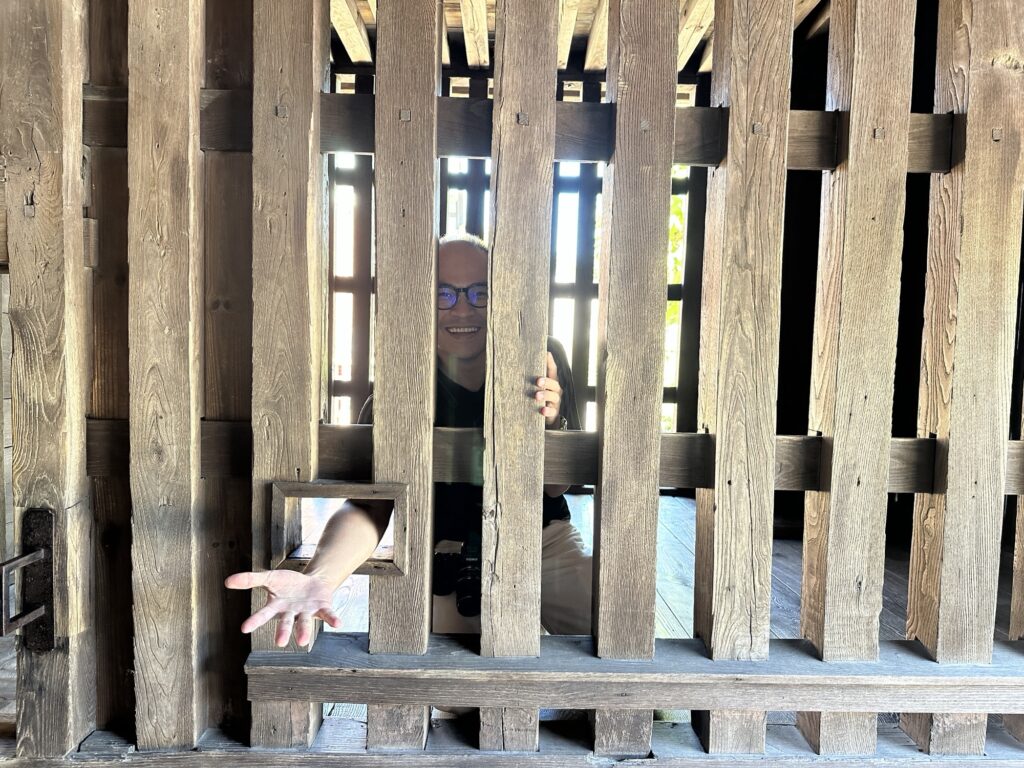
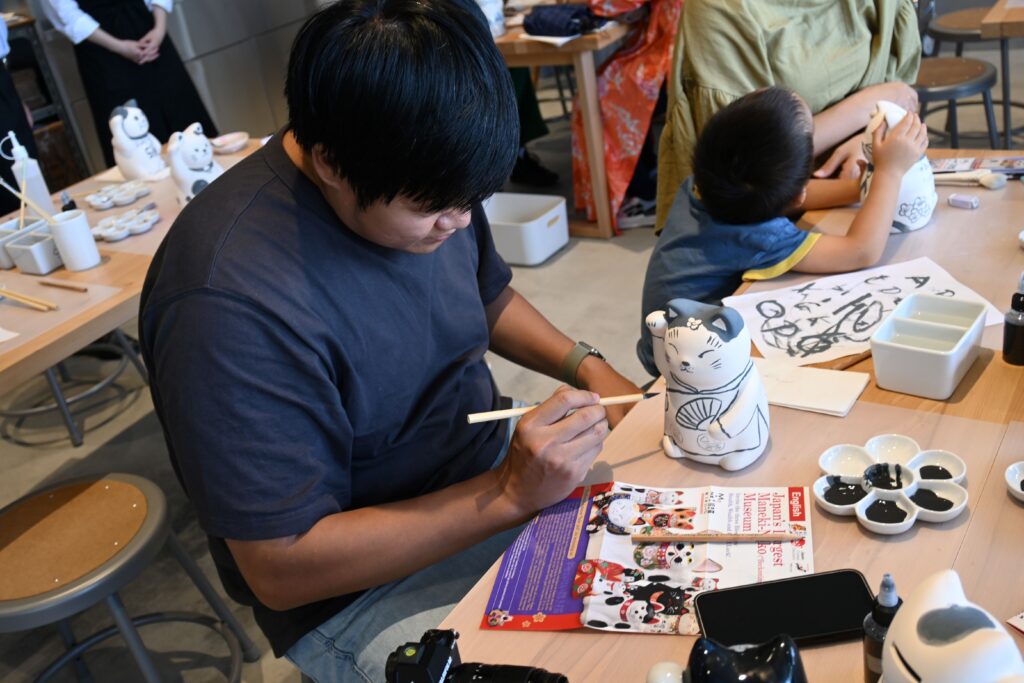
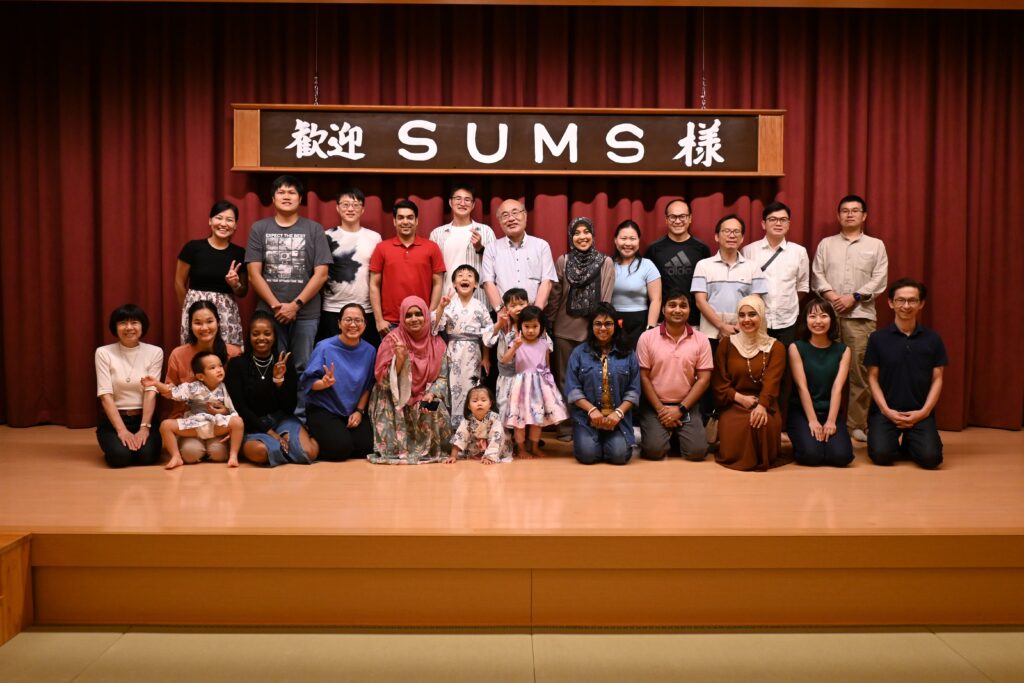



 Prev
Prev